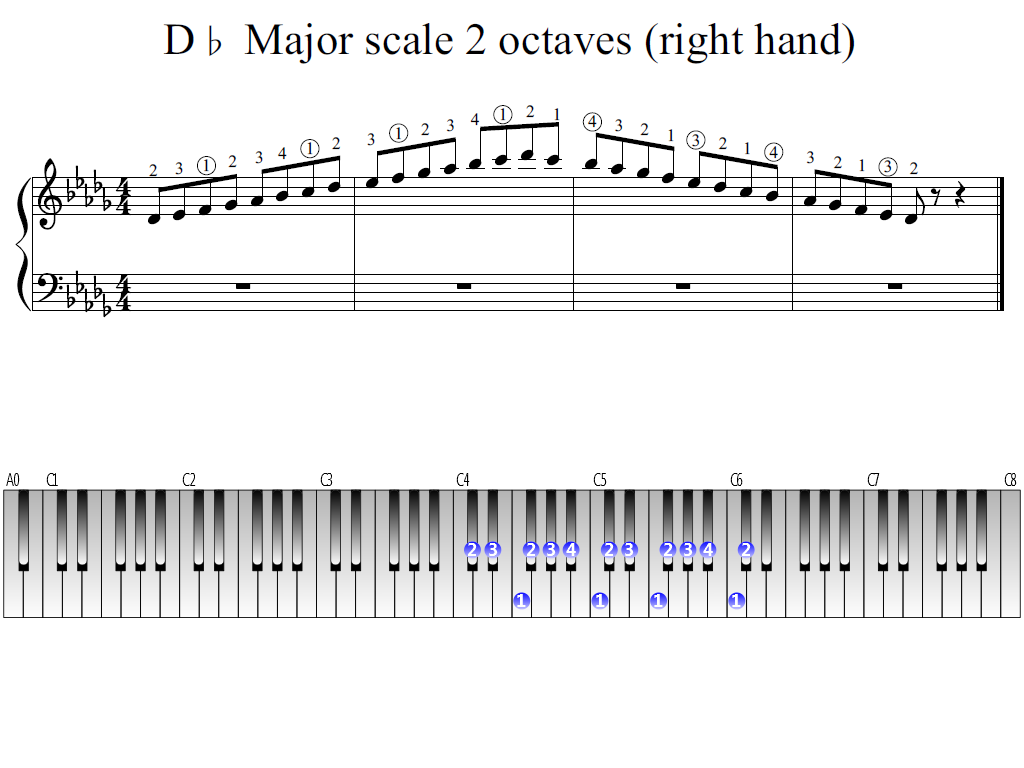


You probably recognize that pattern from several pop cultural references including the “Do Re Mi” song in The Sound of Music which is a song written to help learn solfege. In solfege, the major scale moves like this: Another way to move through this pattern is with SOLFEGE, the musical syllable language we have been using to practice sight-singing. *We could call the top octave “8” instead of “1” but “8” and “1” are the same pitch, so its easier just to call it “1” again unless you want to make a distinction that the top note is an octave above the bottom note. This scale begins on its ROOT (first note), which we could call “1” and moves through the notes in this pattern:

The MAJOR SCALE is a septatonic (seven-note) scale that conveys a positive mood like happiness, energy, love, hope, etc. While the Chromatic Scale is the most basic/easy to understand scale, it is not the most commonly used in Western Classical Music Theory. So, too, do composers select musical scales to paint scenes with notes - like using a major scale to compose a song with a happy mood versus a minor scale to write something that sounds sad. Dark blues, greens, and white would convey an ocean scene better than pinks, yellows, and light greens which would be better used for flowers. This is similar to how a visual artist would select different color palettes to convey different scenes. Pieces of music are composed using different scales to convey different moods. All world cultures use scales but for the purposes of this class, we will continue to look at the scales most used in the Western Classical Music canon since these are the scales we can play on the piano keyboard. A musical SCALE is an established pattern of notes - usually between an octave - that is utilized in composing melodies and harmonies. Now that we know about the most foundational relationship between two notes (whether close notes are a half step or whole step apart and how to determine a generic interval between notes of any distance apart), we can use these basic tools to start building scales.


 0 kommentar(er)
0 kommentar(er)
